How to diagnose and treat Sciatica?

Pain down the back, outside, or front of the leg may be Sciatica
The sciatic nerve branches from the lower back to hips and buttocks. Sciatica is a symptom of spinal disorder marked by inflammation, pain and numbness of one leg. Its occurrence is usually due to herniated disk, bone spur on the spine or narrowing of the spine (spinal stenosis).
Sciatica nerve is the largest nerve of the human body. The sciatica nerve fibers begin at the 4th and 5th lumbar vertebra. The sciatica nerve runs vertically downward into the back of the thigh and behind the knees. It branches into hamstring muscles (calf) and the feet.
CAUSES
Sciatica may occur due to compression of the sciatic nerve. This compression occurs when there is a herniated disk in your spine and there is overgrowth of bone on the vertebrae. The sciatica nerve may also be compressed by a tumor or damaged by diabetes.
RISK FACTORS AND COMPLICATIONS
The age of the person, obesity, occupation, life style habits such as prolonged sitting and condition of diabetes pose a risk of sciatica. With increase in age there may be problems of herniated disk and bone spurs. In some, excess body weight brings about spinal changes. Those who carry heavy loads or spend more time in driving may also experience spinal changes. Uncontrolled diabetes leads to neuropathy (nerve damage) which may also affect the condition of the spine. The complications of sciatica are evident as permanent nerve damage, loss of feeling in the affected leg, and loss of bowel or bladder function.
TESTS AND DIAGNOSIS
When you experience pain down the leg from the lower back, the doctor may prescribe the straight-leg-raising test as part of the diagnosis. During the test, the leg with pain is raised while the person lying on the back. If the pain shoots below the knee, the condition of sciatica is confirmed. If the doctor considers it necessary to re-confirm sciatica, an imaging test may be recommended.
Imaging tests include X-ray, MRI, CT scan and EMG. Each imaging test helps in identifying a specific issue. X-ray reveals the overgrowth of bone; MRI helps to take detailed images of herniated disks; CT scan helps to observe the condition of spinal cord and spinal nerve; and Electromyography (EMG) confirms the nerve compression caused by herniated disks.
TREATMENTS AND DRUGS
A four-way course of treatment is followed, which includes medications, physical therapy, steroid injections and surgery. Medications include anti-inflammatories, muscle relaxants, narcotics, tricyclic antidepressants and anti-seizure medications. Physical therapy provides relief from acute pain and strengthens the back muscles. Steroid injections help to suppress the inflammation around the irritated nerve. Surgery is the last resort, where the surgeons remove the bone spur or portion of the bone that is pressing the nerve.

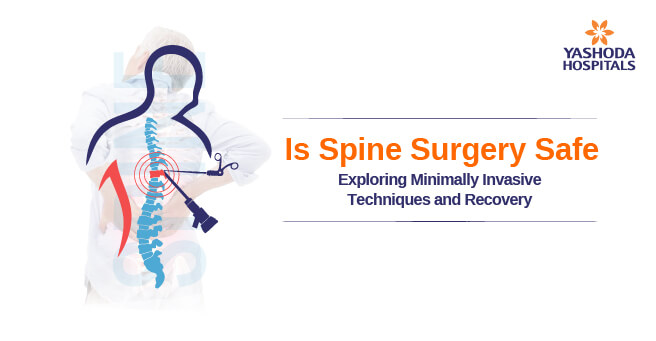
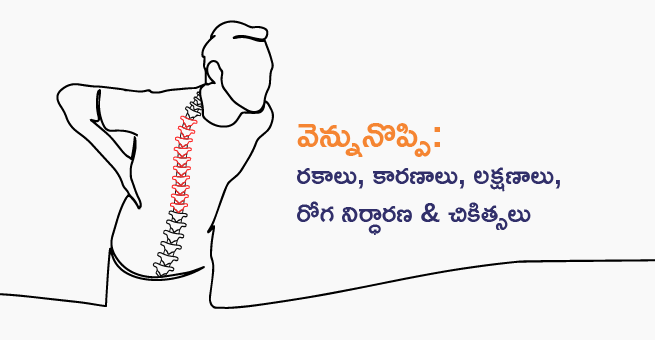
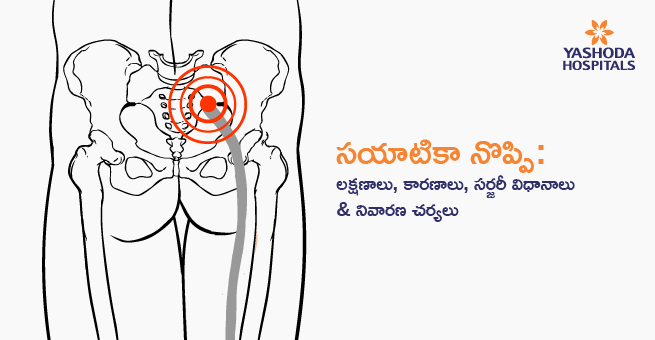
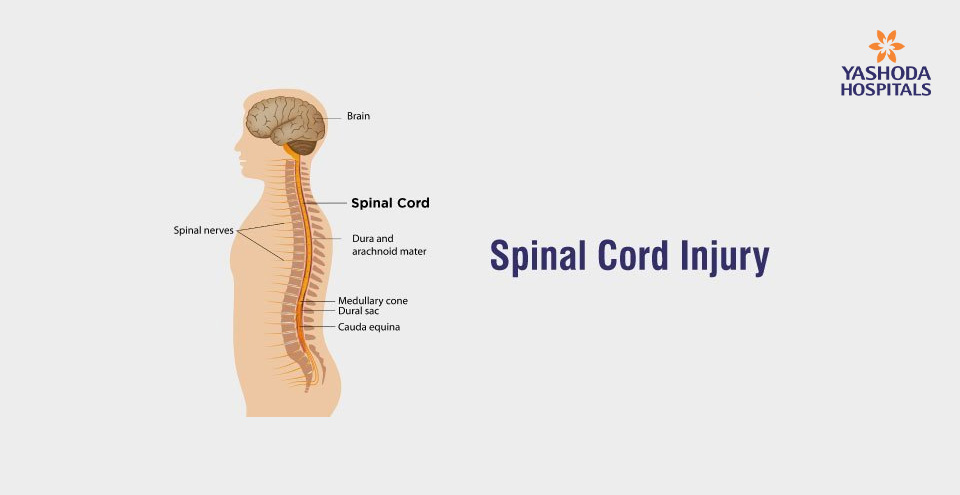
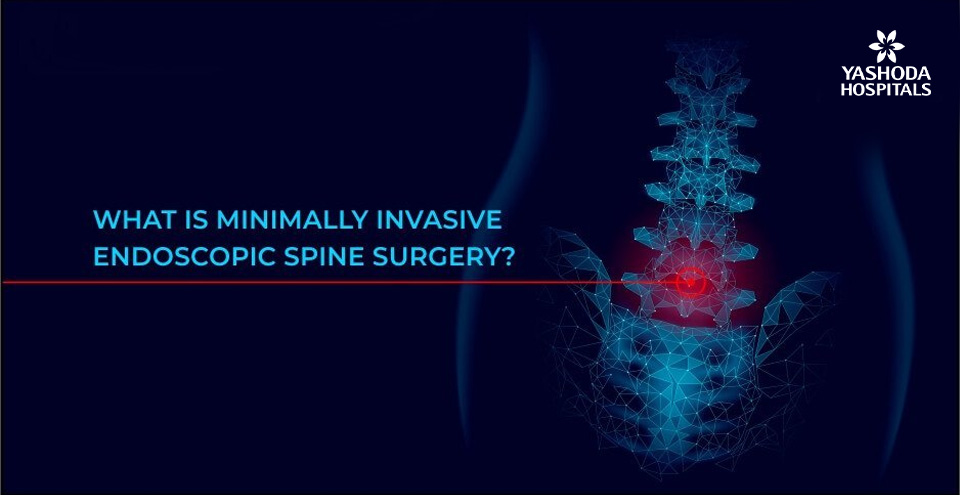

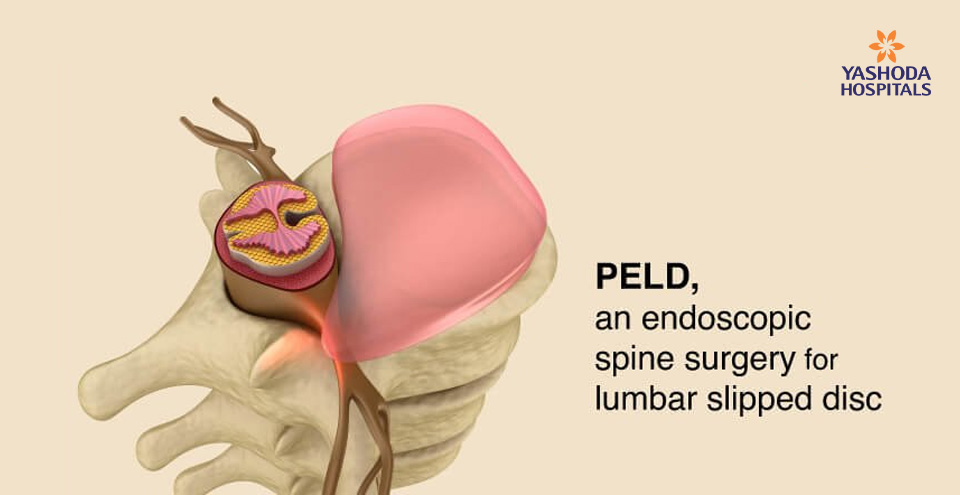
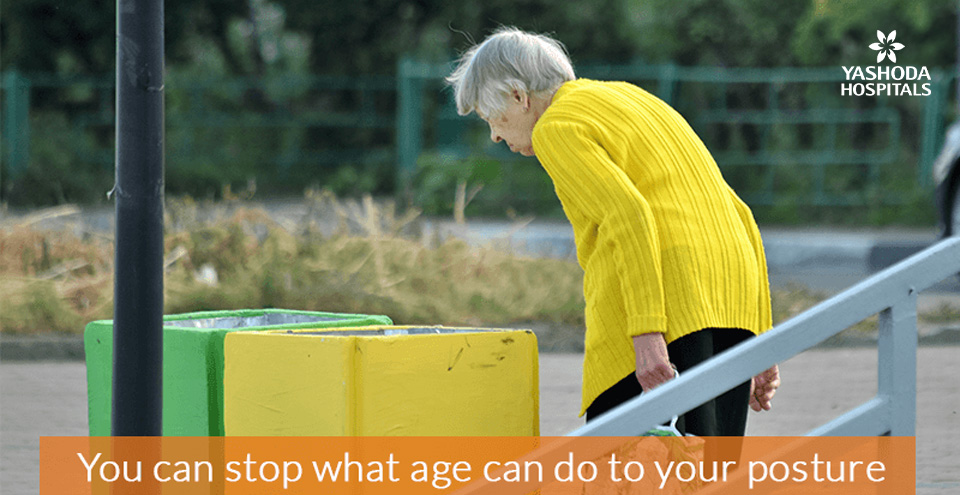
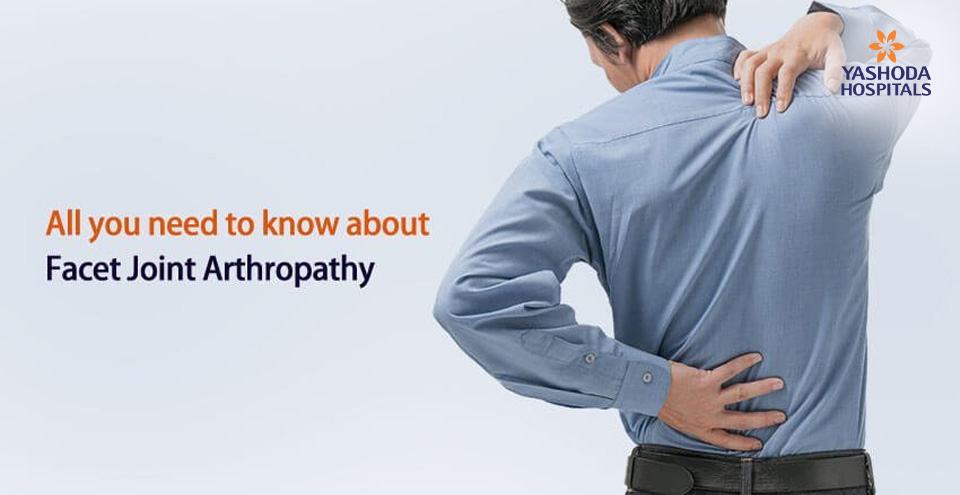

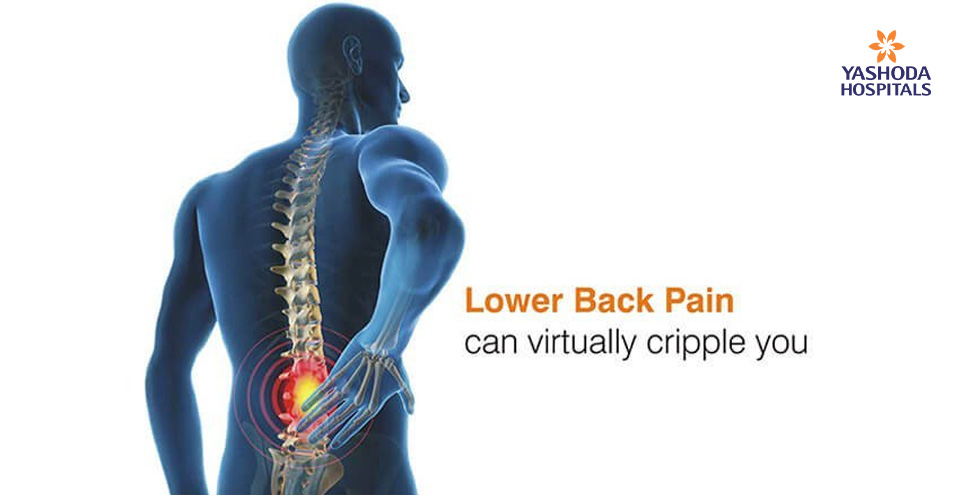
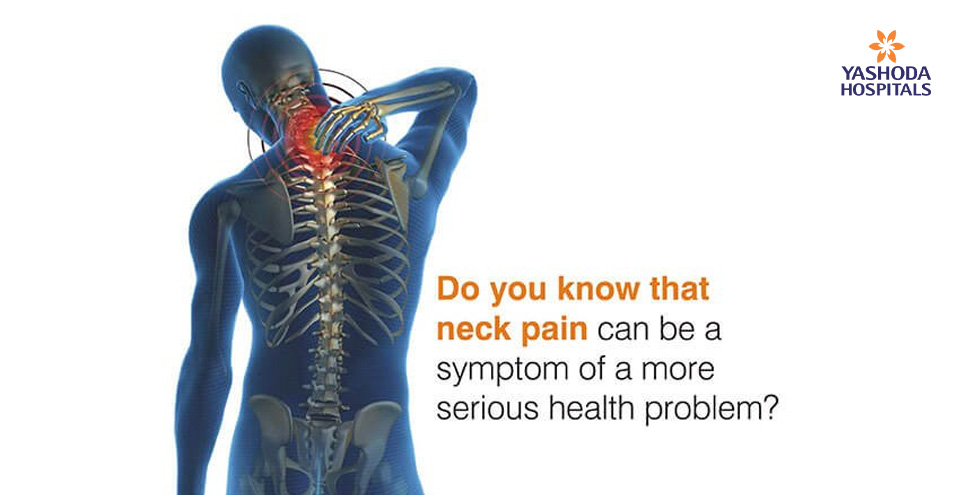

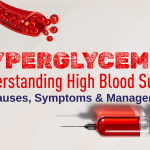

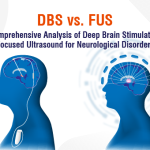

 Appointment
Appointment WhatsApp
WhatsApp Call
Call More
More

